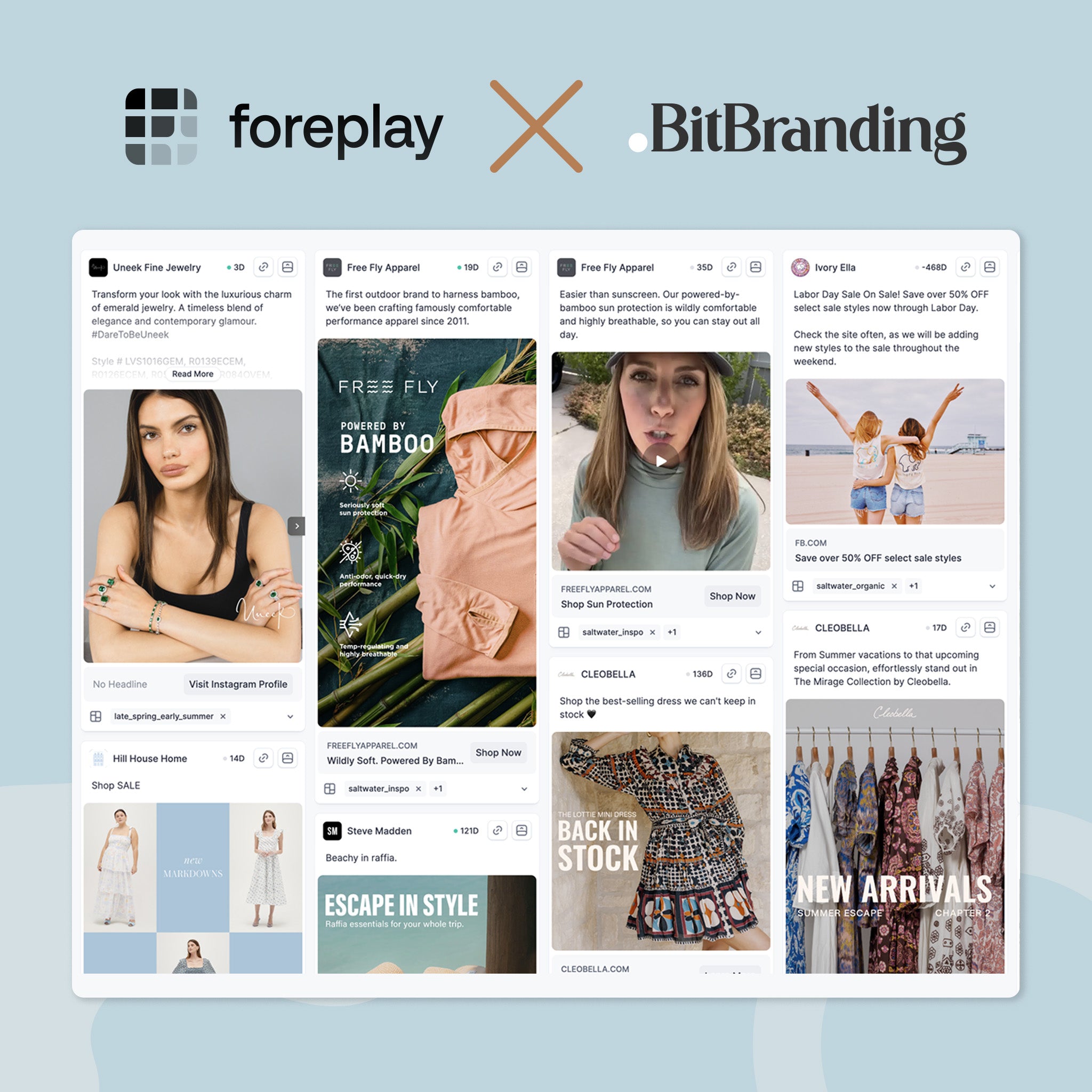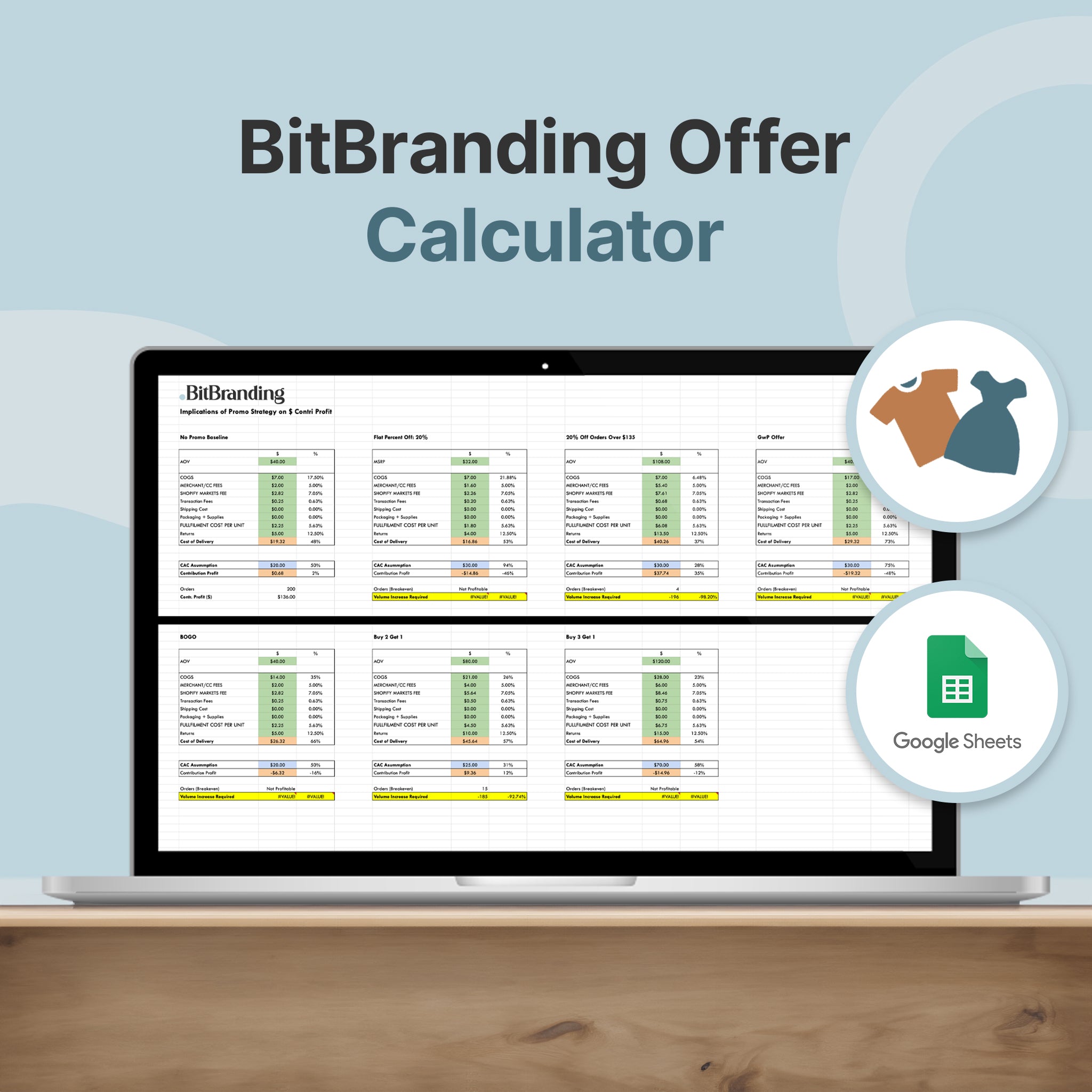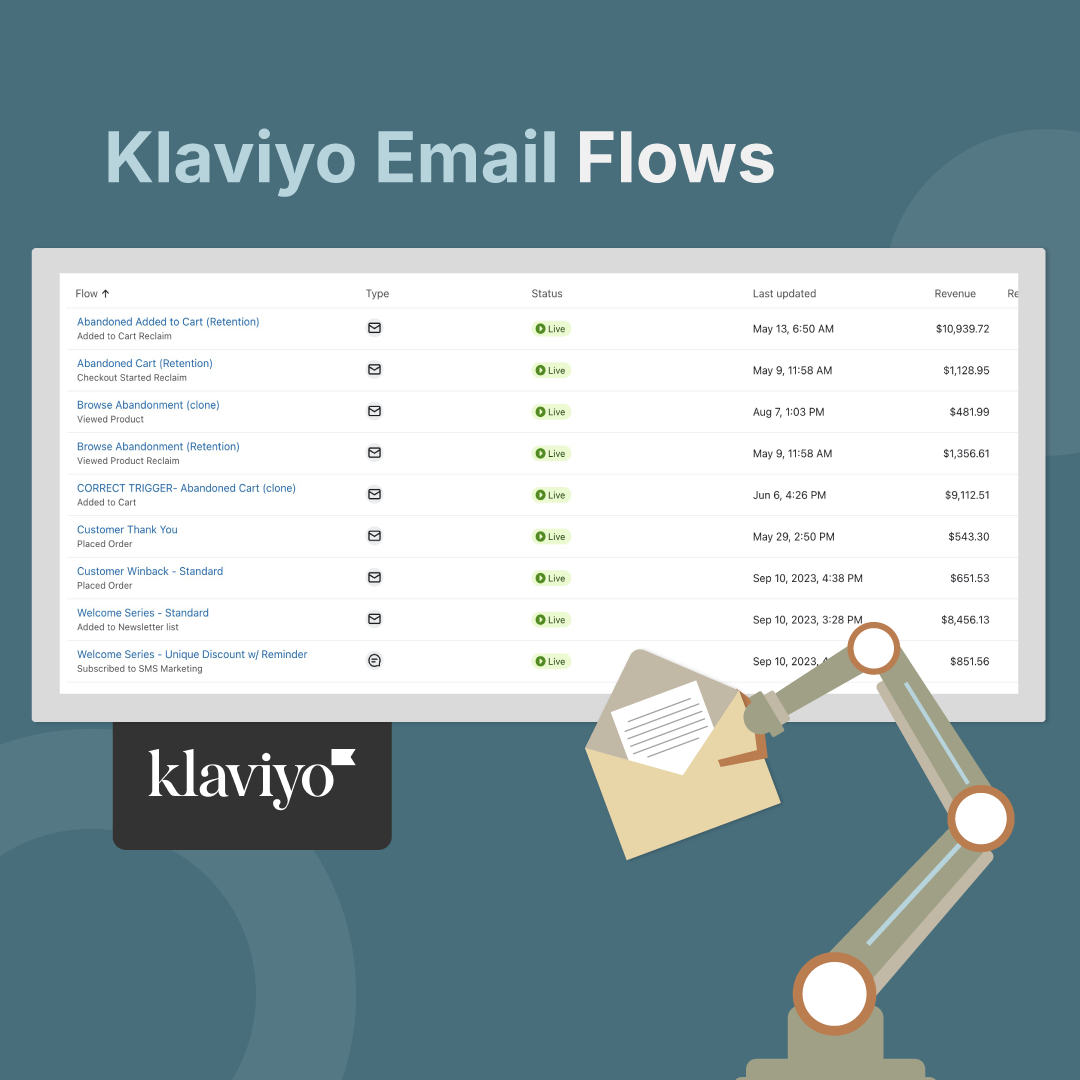When you think of fashion brands that skyrocketed seemingly overnight, Mad Happy is likely on that list. What began as a small streetwear startup turned into a cultural movement worth over $70 million — not just because they made great hoodies, but because they mastered one timeless, yet rare, business principle:
👉 They sold belonging, not clothes.
This simple but powerful insight flipped Mad Happy from “just another Shopify brand” into one of the most emotionally resonant labels of the decade.
In this article, we’ll break down the single strategy that built their global success — and how you can adapt it for your own eCommerce or clothing brand. We’ll unpack how Mad Happy connected with Gen Z’s values, used scarcity and collaborations to create hype, built trust offline, and stayed relentlessly focused on their “why.”
Whether you’re a startup owner or a seasoned brand builder, this is a blueprint worth studying.
The Founding Idea: Purpose Over Product

At first glance, Mad Happy looked like any other trendy streetwear label. Minimalist hoodies. Pastel tones. Instagrammable aesthetics.
But a deeper look revealed something far more profound: they weren’t selling apparel — they were selling optimism.
Mad Happy was founded around the idea of being “a brand for optimists,” representing the tension between feeling mad and being happy — and everything in between. From day one, their mission was mental health awareness, inclusivity, and emotional connection.
They weren’t just building a brand. They were creating a safe space.
And that purpose became their emotional hook — the very reason why their brand resonated on a deeper level than competitors.
While thousands of Shopify brands chase short-term trends, Mad Happy built something timeless: meaning.
Why Selling Belonging Beats Selling Clothes

Let’s face it — fashion is crowded. Every week, new brands launch with sleek designs, aesthetic feeds, and influencer collabs. But only a handful break through the noise.
Why? Because Gen Z and Millennials don’t just want products — they want connection.
A recent study shows that 54% of Gen Z consumers prefer brands that make them feel part of a community. They’re not just buying hoodies; they’re buying identity. They’re buying in.
Mad Happy understood this early. Instead of saying “here’s our collection,” they said, “Here’s what we believe.”
And in doing so, they built a movement around optimism, mental wellness, and belonging — not just merchandise.
🧭 Action Step 1: Define Your Brand’s “Why”
Ask yourself: What bigger cause or emotion do I want my clothing brand to connect to?
It could be:
-
Self-expression
-
Community and inclusion
-
Sustainability
-
Mental health
-
Creative empowerment
Once you define your “why,” build your entire brand messaging, visual design, and product activations around that purpose.
Your designs, captions, email copy, and campaigns should all echo that same emotional heartbeat.
That’s how you move from selling clothes → selling meaning.
The Power of Scarcity and Collaboration

Mad Happy didn’t grow by spamming product links or discount codes. Their rise was engineered through controlled scarcity and strategic collaborations.
From their early days, Mad Happy dropped limited collections — hoodies, tees, and accessories — in small batches. They partnered with other cultural icons, nonprofits, and lifestyle organizations.
These weren’t random collabs. Each one meant something, giving them cultural relevance and social credibility.
For instance, their partnerships with mental health organizations amplified their message of optimism. Their capsule drops with artists and designers kept the brand fresh and highly anticipated.
Here’s the marketing psychology behind it:
-
Scarcity creates urgency — customers act when they fear missing out.
-
Collaborations expand audiences — every collab brings new eyes to your brand.
-
Association builds credibility — who you align with says everything about your values.
As one marketing strategist put it: “Brand is association. Who are you tied to?”
🧩 Action Step 2: Plan a Limited Edition Drop
Here’s your next move:
Plan a limited edition drop tied to a partner or local collaborator.
It could be:
-
A local artist who shares your aesthetic.
-
A nonprofit that aligns with your brand’s cause.
-
Another small brand whose values complement yours.
Then, tell a story around that collaboration. Don’t just say “New drop coming soon.” Instead, share why it matters:
-
Why did this partnership come together?
-
What it represents.
-
How it supports your bigger mission.
Create content leading up to the launch — behind-the-scenes videos, email teasers, or short-form storytelling on TikTok.
And finally, make it feel exclusive. Limited quantity. Limited time.
Remember: Hype the story, not just the product.
From Digital to Real: The Offline Advantage

Here’s where Mad Happy truly separated from most Shopify brands: they went offline.
Even though they started as an online-first company, they quickly realized that real-world experiences build real trust.
Mad Happy launched pop-ups, experiential events, and community spaces — not just stores. Their pop-ups included things like:
-
Meditation workshops
-
Mental health panels
-
Local community discussions
These were not mere sales events — they were gatherings of like-minded people.
And in today’s era of digital saturation and AI-generated everything, real connection is the ultimate differentiator.
Think about it:
When everyone’s posting online, the brands that show up in person stand out. Offline experiences reinforce authenticity, spark emotional bonds, and generate powerful word-of-mouth buzz.
🌍 Action Step 3: Try an IRL Event
If your brand has been fully online, consider this your wake-up call.
You don’t need a big budget or a massive conference to get started. Try small:
-
Host a local pop-up in a coffee shop or shared studio.
-
Partner with another creative brand for a joint event.
-
Attend existing markets or local meetups and showcase your collection.
Document everything — the setup, the energy, the people. Share that on your socials.
You’ll not only attract attention but build credibility in a way no ad can replicate.
Mad Happy’s Secret Content Strategy

While most brands rely on seasonal lookbooks and influencer photos, Mad Happy built a media platform within their brand: The Local Optimist.
It’s not just a blog — it’s a content hub filled with:
-
Mental health resources
-
Long-form stories and interviews
-
Social posts with emotional depth
-
Conversations that reflect their brand values
They also mastered their email marketing, using short, purposeful subject lines (under 24 characters) and storytelling-driven campaigns powered by Klaviyo.
Their emails aren’t just “New drop today!” blasts — they deliver value, meaning, and connection.
And that’s the key: when you give value beyond the product, you build trust that converts into long-term loyalty.
✍️ Action Step 4: Build a Purposeful Content Calendar
Most brand owners think a “content calendar” means just planning out drops and collection photos. But that’s only half the game.
Here’s what to add:
-
Stories — customer experiences, brand origin, purpose-driven narratives.
-
Education — why your materials, ethics, or partnerships matter.
-
Community — highlights of events, pop-ups, and collaborators.
-
Emotion — tie your content to your audience’s values and struggles.
Your audience should feel seen in your posts.
Mix storytelling and product promotion seamlessly, and your content will feel authentic instead of salesy.
Stay Focused: Don’t Chase Every Trend

As Mad Happy grew, they resisted the temptation to “do it all.”
They didn’t launch hundreds of SKUs or chase every collaboration opportunity. Instead, they stayed laser-focused on their core mission: optimism and mental wellness.
This discipline is rare in fashion. Too many brands dilute themselves by expanding too fast or trying to appeal to everyone.
But here’s the truth: clarity scales.
When your value proposition is focused and consistent, your audience knows exactly who you are and what you stand for.
And that clarity builds trust.
⚡ Niche Down, Go Deeper
If your brand is trying to speak to everyone, you’re speaking to no one.
Instead, pick a lane and go deeper.
Whether that’s sustainable fashion, streetwear for creatives, or apparel that supports a cause — own that niche and dig into the layers.
Depth creates authenticity. Authenticity creates loyalty.
Every decision you make — from product design to ad campaigns — should pass this test:
Does this fit our brand’s reason for being?
If it doesn’t, it’s a distraction.
The “Who Not How” Mindset

Mad Happy’s journey also illustrates another vital lesson: you don’t need to know everything — you just need to find the right people.
This principle, from the book Who Not How by Dan Sullivan, emphasizes that success comes faster when you stop asking “How can I do this?” and start asking “Who can help me do this?”
If you have the vision but lack expertise in areas like email automation, influencer strategy, or event planning — partner up. Hire or collaborate with people who’ve done it before.
Building a scalable brand isn’t about being a solo genius. It’s about curating the right team and network.
Your 3-Point Action Plan
Let’s summarize how you can apply Mad Happy’s strategy right now:
1. Choose a Brand Purpose Theme
Decide on a central emotion or cause that aligns with your mission. Examples:
-
Self-expression
-
Community building
-
Sustainability
-
Mental wellness
Then, craft a story around that theme and tie it to your next product drop or campaign.
2. Plan a Micro Collaboration or Event
Partner with someone local — an artist, musician, nonprofit, or fellow small brand — and co-create something meaningful.
Use that partnership as a story engine for your social and email content.
Start small, but make it intentional.
3. Audit Your Email Marketing
If your emails are just promotion blasts, stop right now.
This week, write a plain-text email that simply tells a story:
-
How your brand began.
-
What inspired your latest collection.
-
What your purpose means to you personally.
No fancy design needed — just your voice and authenticity.
That one email could outperform months of discount campaigns.
The Bigger Lesson: Interpret, Don’t Copy

Mad Happy’s rise isn’t a formula to duplicate — it’s a framework to interpret.
The magic lies in how they integrated these strategies into their authentic story.
Here’s their real formula for growth:
-
Start with purpose.
-
Build an emotional community.
-
Leverage scarcity and collabs to fuel excitement.
-
Use offline experiences to build trust.
-
Stay focused and consistent.
-
Invest in content and organic storytelling.
This isn’t about having the biggest budget or the flashiest influencers.
It’s about creating meaning — and staying true to it through every decision.
How to Scale Without Losing Your Story

As you grow, it’s easy to let the original passion fade. But the best brands — like Mad Happy — scale without losing their soul.
Every product launch, campaign, or collab should answer these three questions:
-
Does this strengthen our brand story?
-
Does this deepen our community connection?
-
Does this move the needle on our impact and revenue?
If the answer’s yes — go all in.
If not — cut it.
That’s how you protect your brand identity while scaling sustainably.
Final Thoughts

Mad Happy’s $70M success isn’t just a Shopify story — it’s a psychology story.
It proves that in an era flooded with AI content, fast fashion, and endless ads, the brands that win are those that make people feel something real.
They sold belonging, optimism, and identity — and the world responded.
So if you’re building your own brand today, remember:
-
Don’t chase trends. Chase meaning.
-
Don’t just market products. Market purpose.
-
And don’t just grow followers. Grow believers.
Because at the end of the day, people don’t fall in love with hoodies — they fall in love with how your brand makes them feel.











Share:
The FREE Instagram Strategy Clothing Brands Are Sleeping On